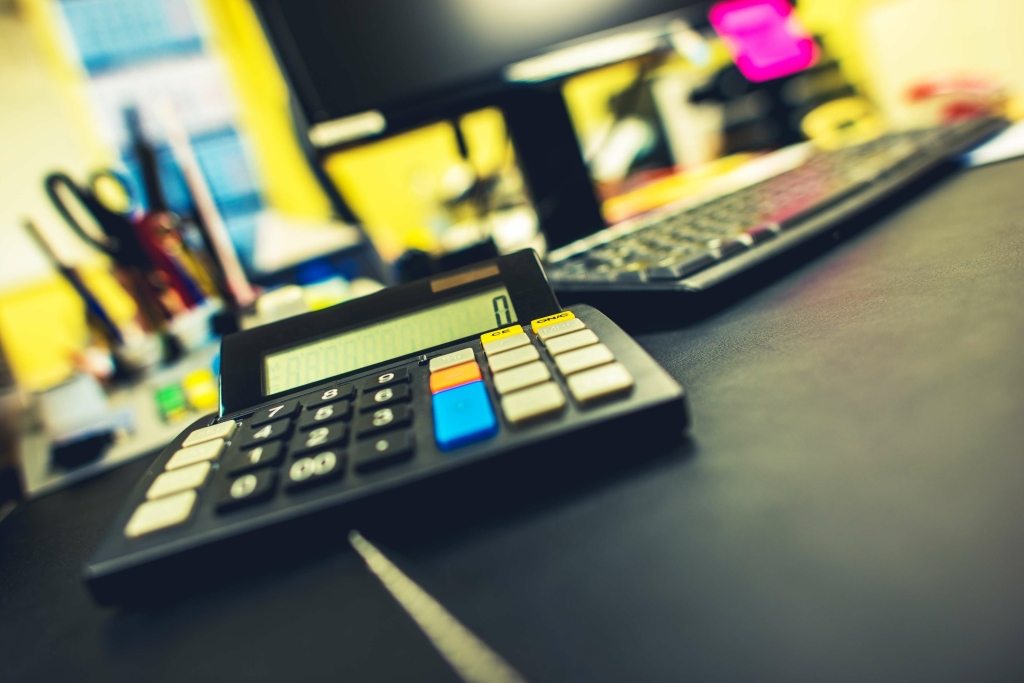
For example, a car’s value is said to “depreciate” after a collision or discovering a transmission problem. A widget-making machine is said to “depreciate” when it produces fewer widgets annually than the year prior. After determining the straight-line depreciation, you can determine its rate by dividing it by the years the Asset will last. In the previous example, the straight-line depreciation rate would be 1/6 or 0.16 if the computer had a lifespan of six years. For a percentage, multiply by 100 to get 16% of the initial value for every year the Asset is in service. Knowing the Asset’s salvage value is crucial when using the straight-line method to determine the total accumulated depreciation for the year.
How Property, Plant, and Equipment (PP&E) Works
For example, a small manufacturing company may want to present accumulated depreciation separately for each class of assets to provide more detailed information. This allows them to better understand the depreciation for different types of assets and make more informed decisions regarding capital expenditures and asset replacements. For tax purposes, the IRS requires businesses to depreciate most assets using the Modified Accelerated Cost Recovery System (MACRS). Accumulated depreciation is not a current asset, as current assets aren’t depreciated because they aren’t expected to last longer than one year.
- By comparing an asset’s book value (cost less accumulated depreciation) with its selling price (or net amount realized if there are selling expenses), the company may show either a gain or loss.
- So you won’t be calculating depreciation on supplies that are quickly used up and replaced.
- Hence, the amount of accumulated depreciation at the end of the third year is $3,000 which will be included in the balance sheet as the contra account for the cost of equipment.
- By understanding how it works, businesses can accurately report asset values, comply with accounting standards, and make informed decisions about asset maintenance, replacement, and disposal.
- Beyond the base price, the cost of a new machine might include shipping fees, installation charges, and initial testing costs to ensure it functions correctly.
What Do Depreciation Costs Entail?
The depreciation expense is $20,000 in the first year; the asset will depreciate by $20,000. Before zeroing out an asset, you must understand how to calculate accumulated depreciation. Current assets are expected to be converted into cash or used up within one year or one operating cycle, whichever is accumulated depreciation a plant asset is longer. Therefore, understanding how assets accumulate depreciation and learning how to calculate these assets is fundamental within accounting. To illustrate, here’s how the asset section of a balance sheet might look for the fictional company, Poochie’s Mobile Pet Grooming. Accumulated depreciation is the total amount of depreciation expense that has been allocated to an asset since it was put in use.

Calculating accumulated depreciation formulas
- No, accumulated depreciation is considered a permanent account, since it doesn’t close at the end of the accounting period.
- (Asset Cost – Salvage Value)/Estimated Units Over Lifetime x Actual Units Produced is the formula for the units of production method.
- It is credited each year as the asset’s value is written off and remains on the books, reducing its net value until it is disposed of or sold.
- After two years, the computer’s remaining book value, assuming a 16% annual depreciation rate, is $590.20.
- Unlike most asset accounts, accumulated depreciation increases with credit entries and decreases with debit entries.
- Accumulated depreciation is the total depreciation recorded since the asset was purchased.
It’s simply the account that tallies up Bookkeeping for Consultants how much economic value of your assets has been consumed over time. Assets, in general, are resources that can either increase cash inflow, decrease cash outflow, or both. For something to qualify as an asset on your company’s financial statements, you need to own it as of the date of those statements. Assets come in various flavors—fixed, intangible, financial, and current. Uncover the truth about this accounting concept and how it impacts your business’s financial health. Credit the “gain on sale of asset” account whenever you sell an asset for a profit.

- This SYD method results in higher depreciation amounts in the earlier years of an asset’s life, with the amounts decreasing in the later years.
- It’s a contra-asset account on the balance sheet that reduces the gross value of fixed assets to reflect their declining value over time.
- Adjusting entries are recorded in the general journal using the last day of the accounting period.
- Depreciation expense, on the other hand, is reported in the income statement and is closed to retained earnings at the end of the accounting cycle.
- However, the depreciation will stop when the asset’s book value is equal to the estimated salvage value.
Alongside her accounting practice, Sandra is a Money and Life Coach for women in business. The cost incurred would include legal fees, commissions, borrowing costs up to the date when the asset is ready for use, etc., are some of the examples. “Depreciation account” is credited to transfer depreciation into the P&L account. Sometimes referred to as PPE (Property, Plant & Equipment), they are physical items held for use to operate a business. It is important to note that all expenses incurred for the construction of the building are added to the cost of the building.

What Is Accumulated Depreciation and How to Calculate It?
Asset accounts have a natural debit balance, so accumulated depreciation has a natural credit balance. It works to offset and lower the net value of the related fixed asset account. As long-term assets continue to depreciate, the accumulated depreciation account grows, increasing the credit balance and further reducing the net book value of the asset. This keeps the balance sheet balanced (because we can’t have chaos in accounting!) and reflects the true economic value of your assets. Ever wonder where accumulated depreciation hides on the balance sheet?
Straight-line depreciation method
In plain English, that means it’s listed under assets but has a credit balance—yeah, it’s a bit of a rebel. While most assets have debit balances (because they’re valuable things you own), accumulated https://www.koreagiftbox.com/2024/08/05/rules-of-debit-and-credit-traditional-approach-vs/ depreciation has a credit balance because it reduces the value of those assets. Accumulated depreciation is recorded on the credit side of your journal entries to offset the asset’s value. This means it’s a contra asset account—it reduces the gross amount of the related asset on the balance sheet.